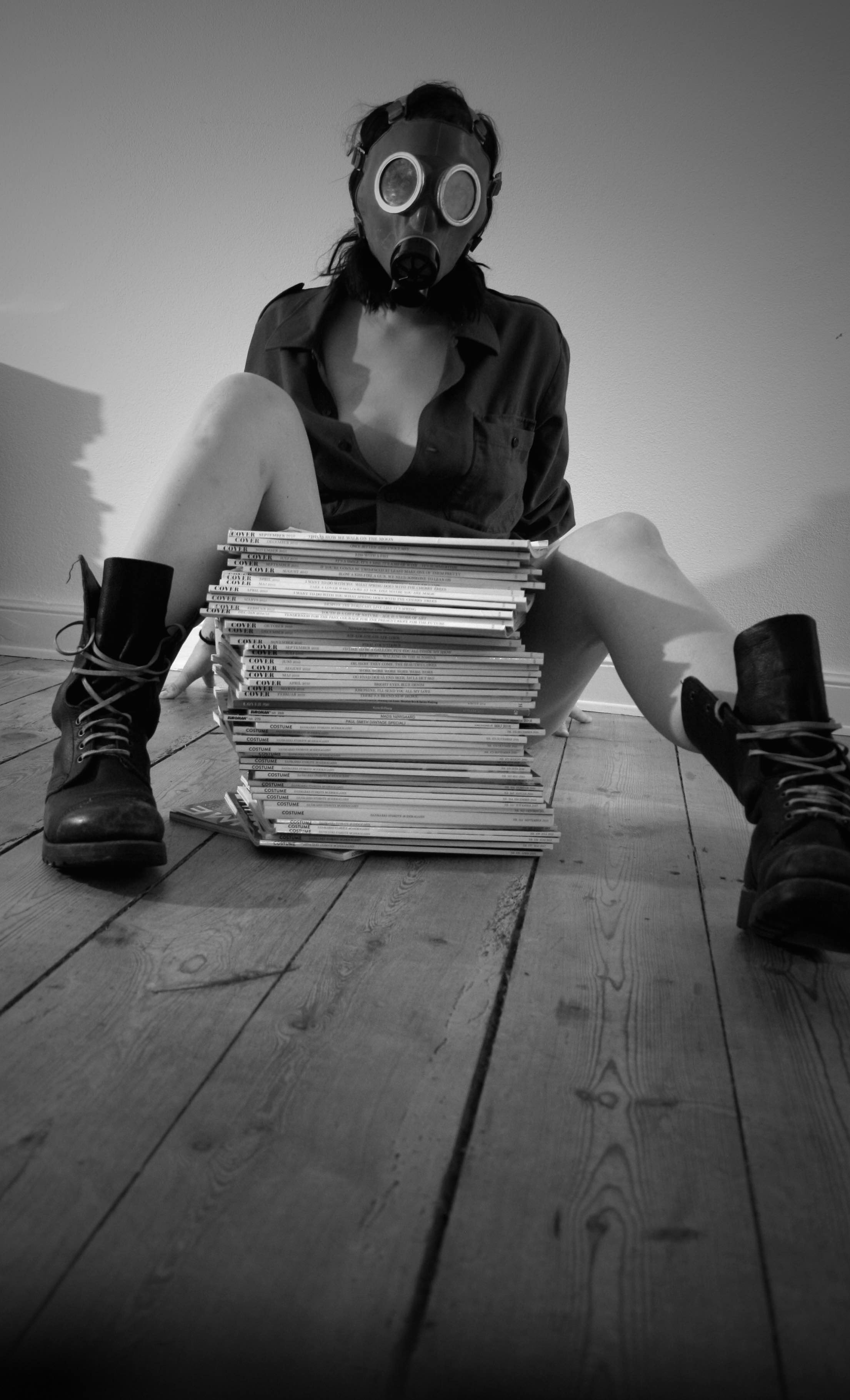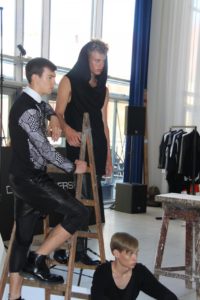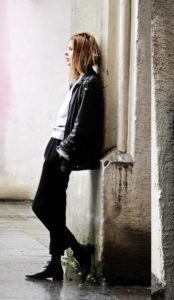For years, decades and even centuries, soldiers from almost every nation, were sent to battle, war and even world wars, wearing their required military-uniform. A uniform, worn by the armed forces of various nations, in combat and mud. A uniform, that changed from one country, battle, war and decade to another.
And somehow these uniforms have set their mudded foodprint from combat-boots in the books of history as well as the scene of fashion.
During world war I, as well as in between, the first and the second world war and even before and after, soldiers put on their uniform, went to battle and somehow the rest of the world ended up being inspired by the military wardrobe.
Worn as an everyday item, either one piece taking directly from an authentic uniform, or a piece connected or just inspired to a single military-inspired garment, the soldiers conquered the world and somehow set their footprint, with heavy military boots.
With inspiration from the thirty years war in the 1600s, the naval wardrobe of the french soldiers two centuries later in 1850s, the first world war, the Golf war, the Crimean war. and the second as well, the military scene became the uniform of the avantgarde.
Beginning with smaller footprints, than the boots set in the mud in combat, a piece of the military clothing, related to the soldier and his uniform, became a part of the fashion scene and started the hole invasion.
From the thirty years of war
With inspiration, taking from a piece of the wardrobe from “the thirty years of war” in Europe during the 1600s, worn by the Croatian mercenaries when they arrived in Paris, dressed for battle, the muddy footprints arrived.
And along with the soldiers of war, wearing their uniforms, which included bright scarves tied so tightly around their necks that the soldiers often fainted during maneuvers, the french were inspired and adopted the look of the tightly scarves, but was wearing the scarves more loosely, in a style that became known as ”La Croate” and later “La Cravate”.
A detail and name, that later on would have be related to the modern tie as a fashion statement, but was from the beginning a military-related garment.
After the necktie, the famous trenchcoat related to the soldier in war, was adopted into the fashion scene.
A classic that never left the scene, but as the “La Cravate” became iconic, in more than one way.
Starting out as a main character, from the very beginning, with the trench coat almost a century before it’s first glory based on World War I.
The trench coat, has been a part of clothing, as early as 1823, where the cotton coat, was rubberized and being used as weatherproof outerwear for military use as well as civilians.
At first invented by Charles Macintosh, to keep the rain out, but it was also great at keeping the sweat in.
Thirty years later in 1853, another version of the trench coat – a heavy long wool overcoat, where a part of the British forces’ uniform, during the Crimean War.
From World War I
And later on in 1914, when World War I took a stranglehold on Europe, the soldiers in combat, wore a similar uniform, with a trench coat as the overcoat and once again the soldiers were sent to war, wearing their required uniform. Inspiring the rest of the world, to wear pieces related to their uniform, worn in battle.
And this time the trench coat where adopted for good.
From the time between World war I and II
After World War I, women were inspired by the soldiers in their uniform and adopted details as patch pockets, braiding and frogging into their wardrobe, along with the colour Khaki.
A few decades later in between the World Wars in 1937, the inspiration from our soldiers in war, toke it’s hold, with the Aviator sunglasses worn by the Us Army air Corps Pilots during the 1920, the pea jackets inspired by the French navy and combat pants, worn by more than one nation, during the twentieth century.
And later on, we became familiar, with parts of the uniform of our soldiers sent to battle in WWII.
From World war II and after
Beginning with the zip-up jumpsuit, worn by the british air force and original designed to be a uniform to jump into and wear over the pyjama, when the alarm set at night.
A design, first adopted by women working in factories and then the prime minister Winston Churchill, who is said to have switched the regular suit during WWII, with the zip-up jumpsuit.
Shortly after WWII, during the Vietnam war, the parka/military coat, once worn by the US army and said to be dated back to our ancestors, the Caribou Unit, who lived and haunted animals centuries ago in Canada, was adopted and worn with inspiration from the soldiers in combat.
But this time, during the 1960’s, the parka/military coat also appeared on the mod scene of the 1960’s, in a voluminous version containing fur. A version also adopted by the 1960’s hippies, often adorned with peace symbols and even militant Black Power supporters and members of the anti-war movement wore these military coats for protest, at least when they went to their battle-zone.
And later on, after the official anti-war battle, the uniform of our soldiers in combat were seen on the young punks parade, during the late 1970s and early 1980’s. With punks wearing heavy Dr. Martens Boots, along with long leather army coats, and thereby setting the footprint of the military clothing into the uniform of the avant-garde of their time.
During the 1990’s and the 2000’s designers were still inspired by the previous time of war, showed in the adopting of the combat style of clothing form the Golf War, with camouflage print and trousers from the soldier as the pieces taking from our soldiers in combat.
L’Uniform of the avantgarde of our time
Today we still wear the uniform of the avantgarde and take inspitation from the military uniform and our soldiers whom went to combat or war.
And we did take inspiration of the soldiers wardrobe from the 1600s, but we actually embraced the military wardrobe from times long before that.
With roots taken from the ancient history and the Antiquity era, we embraced the the military wardrobe of our soldier sent to battle, before they were.
And we embraced it, even though it had been through war and were added fur fur and peace marks.
We embrace it to this day, and we still wear the “La Cravate” or tie. The equally iconic trench coat, the aviator sunglasses worn by the us pilots during the 1920’s, the zip-up one piece and the parka/military coat – with or without the peace patches or/and fur.
And to this day, the inspiration from our soldiers in combat remains intact. We still dress in military related items and get inspired by our soldiers, whom went to battle or even war wars.
And we wear it all. From trench coats and ties, to parkas, with or without fur, camouflage print or peace markers, to combat boots, trousers and one piece jumpsuits.
We embrace and honor our soldiers in combat and the avantgrade uniform, that came along with their foot prints of their combat boots set in mud.




